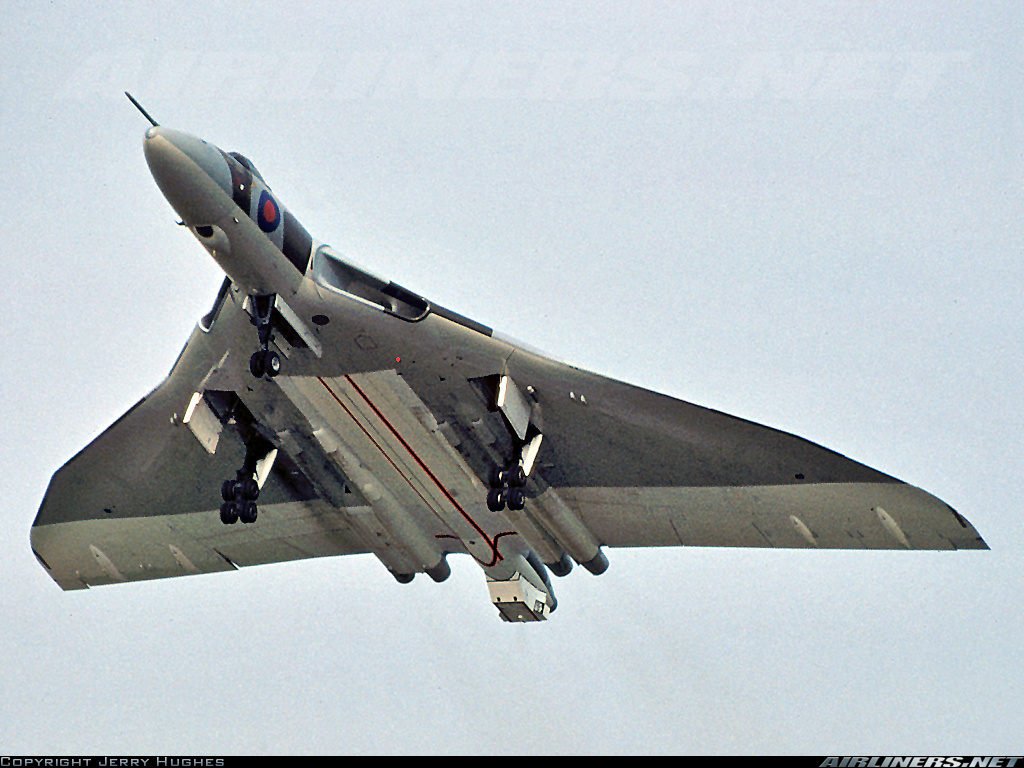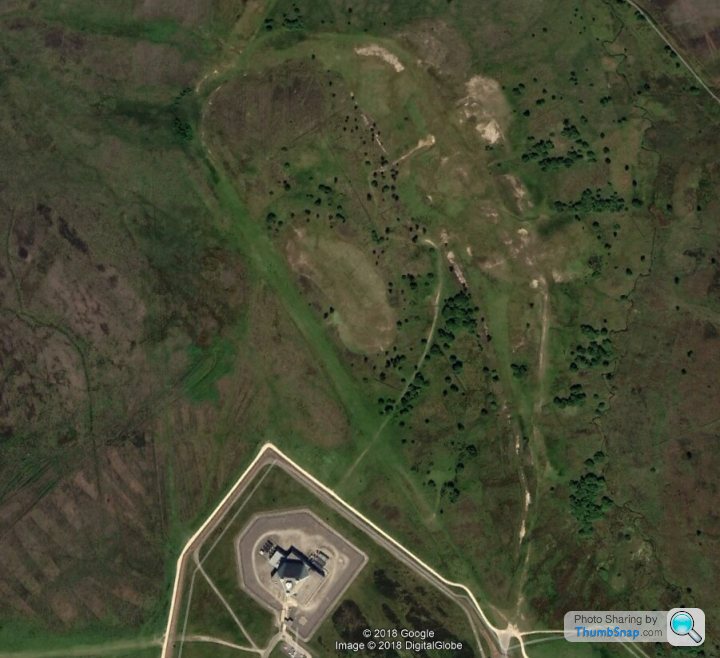Post amazingly cool pictures of aircraft (Volume 2)
Discussion
Eric Mc said:
Yes.
RAF camouflage was set out in Air Ministry patterns which were issued to the manufacturers and maintenance units - but individual aircraft tended to be slightly different from each other.
Last time I was in the RAF museum I noticed two Spitfires had virtually identical camouflage patterns, even though one was in 1940 style green and brown and the other had green and blue/grey. RAF camouflage was set out in Air Ministry patterns which were issued to the manufacturers and maintenance units - but individual aircraft tended to be slightly different from each other.
Dr Jekyll said:
Last time I was in the RAF museum I noticed two Spitfires had virtually identical camouflage patterns, even though one was in 1940 style green and brown and the other had green and blue/grey.
The World War 2 aircraft on display in the RAF Museum have been extensively restored over the years so do not carry the actual colours they were painted in at the time they were in operation. As a model builder, I've seen thousands of photographs of RAF aircraft as they looked in WW2 and you can see that there are variations in the camouflage patterns.They were spray painted by hand, initially in the factories and the pattern was created using heavy pre-cut rubber mats which were laid out over the wings and fuselage. So, although the patterns were pre-set, the actual location of the top camouflage colours could vary slightly from aircraft to aircraft as the positioning of the camouflage mats was not exactly the same on every aeroplane coming down the line.
Many aircraft were also painted in either an A or a B scheme - which meant that the top camouflage colours were reversed.
And of course, once the aircraft entered squadron service, the paint scheme would need to be touched up and damage oversprayed etc either by squadron technical staff or at RAF Maintenance Units - which would bring about slight pattern changes and also colour variations.
Eric Mc said:
Yes.
RAF camouflage was set out in Air Ministry patterns which were issued to the manufacturers and maintenance units - but individual aircraft tended to be slightly different from each other.
Watching a documentary about an aeroplane restoration a while ago, the man who painted it said it was all sprayed by hand, to the original air ministry pattern, but that the pattern was followed free-hand rather than masked, so within the pattern there were variations due to individual sprayers and between aircraft painted by the same crews. RAF camouflage was set out in Air Ministry patterns which were issued to the manufacturers and maintenance units - but individual aircraft tended to be slightly different from each other.
Just noticed that the upper wing surface shows a roundel only on the port wing. Not something I was aware of the RAF ever doing. I thought that was a US thing? Unless the starboard roundel has somehow been 'shopped' out? The large grey area of paint looks like it's crying out for another roundel.
The type of roundel and the more overt type of roundel (with the white circle) should make it fairly simple to date the photo if it hasn't been altered?
That picture is quite well known. It dates from the mid to late 1960s I think.
The RAF started camouflaging their V Bomber fleet when they were switched to the low level role - which began around 1963. Early Vulcan Mk1s were delivered in a silver paint scheme. However, pretty soon they had been painted all gloss white (known as "Anti-Flash White") with pink and light blue national markings and codes).
The initial camouflage scheme was the one you see in the picture - with grey/green upper surfaces but anti-flash white retained on the lower surfaces. The markings reverted to normal shades of red and blue. All colours were gloss.
Around 1972, the colours began to be altered somewhat. The paint became matt and the RAF markings lost their white segments. The undersides changed from white to Light Aircraft Grey.
The next standard scheme applied to the Vulcans consisted of the upper camouflage scheme being applied to the lower surfaces as well - what was called "wrap-around camouflage").
For the Black Buck missions carried out in the Falklands War, XM607 received a medium grey undersides. Finally, Vulcans converted as interim air to air tankers were given a black and white scheme on their undersides.





The RAF started camouflaging their V Bomber fleet when they were switched to the low level role - which began around 1963. Early Vulcan Mk1s were delivered in a silver paint scheme. However, pretty soon they had been painted all gloss white (known as "Anti-Flash White") with pink and light blue national markings and codes).
The initial camouflage scheme was the one you see in the picture - with grey/green upper surfaces but anti-flash white retained on the lower surfaces. The markings reverted to normal shades of red and blue. All colours were gloss.
Around 1972, the colours began to be altered somewhat. The paint became matt and the RAF markings lost their white segments. The undersides changed from white to Light Aircraft Grey.
The next standard scheme applied to the Vulcans consisted of the upper camouflage scheme being applied to the lower surfaces as well - what was called "wrap-around camouflage").
For the Black Buck missions carried out in the Falklands War, XM607 received a medium grey undersides. Finally, Vulcans converted as interim air to air tankers were given a black and white scheme on their undersides.





Eric Mc said:
Looks like an electricity pylon farm.
It's the antenna of the fixed element of the BMEWS radar system:"BMEWS consisted of two types of radars and various computer and reporting systems to support them. The first type of radar consisted of very large, fixed rectangular partial-parabolic reflectors with two primary feed points. They produced two fan-shaped microwave beams that allowed them to detect targets across a very wide horizontal front at two narrow vertical angles. These were used to provide wide-front coverage of missiles rising into their radar horizon, and by tracking them at two points as they climbed, enough information to determine their rough trajectory. The second type of radar was used for fine tracking of selected targets, and consisted of a very large steerable parabolic reflector under a large radome. These radars provided high-resolution angular and ranging information that was fed to a computer for rapid calculation of the probable impact points of the missile warheads. The systems were upgraded several times over their lifetime, replacing the mechanically scanned systems with phased-array radar that could perform both roles at the same time."
LotusOmega375D said:
That is a cool picture.
How effective were the B-29's radar-guided (?) machine guns?
Not radar guided, human targeted with computer controlled aiming. - https://www.popularmechanics.com/military/weapons/...How effective were the B-29's radar-guided (?) machine guns?
Gassing Station | Boats, Planes & Trains | Top of Page | What's New | My Stuff






